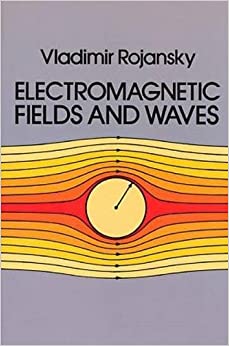Answered step by step
Verified Expert Solution
Question
1 Approved Answer
we found that for an oscillating dipole the vector potential is given by: A(r, 0, 1) = - Ho Pow sin[w(t - r/c)]z. 4xr Find

Step by Step Solution
There are 3 Steps involved in it
Step: 1

Get Instant Access to Expert-Tailored Solutions
See step-by-step solutions with expert insights and AI powered tools for academic success
Step: 2

Step: 3

Ace Your Homework with AI
Get the answers you need in no time with our AI-driven, step-by-step assistance
Get Started


